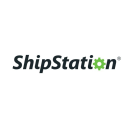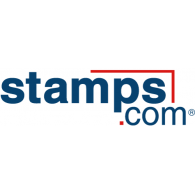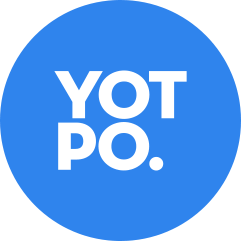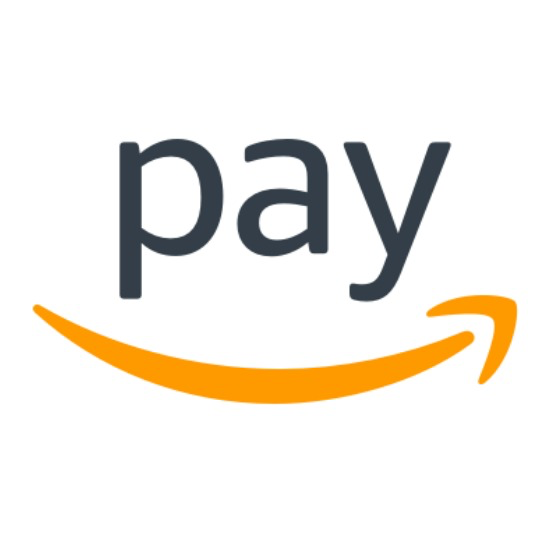Transforming One Idea Into A $150K/Month Business
Hello! Who are you and what are you working on?
Hi, my name is David Krippendorf and I am the founder and inventor of the Kitchen Safe.
In just a few short years, the Kitchen Safe went from an idea to being sold all over the world.
The Kitchen Safe is the world's first time-lock container featured on Shark Tank and designed to help people avoid junk food and other temptations. Simply place an item in the Kitchen Safe, close the lid, and set the timer. Once the timer is set, and the button is pressed, you’re locked out!
The safe remains locked and cannot be opened until the timer reaches zero. There are no overrides or secret back-doors - once it’s locked, it’s locked! The timer can be set in one minute increments for up to 10 days.
I invented the Kitchen Safe for snacking on food. What we’ve found is more than half of our customers use it for other items: cell phones, cigarettes, alcohol, cash & credit cards, etc.
 Sorry, you need to login and/or become a member to view the rest of this content.
Sorry, you need to login and/or become a member to view the rest of this content.

Download the report and join our email newsletter packed with business ideas and money-making opportunities, backed by real-life case studies.

Download the report and join our email newsletter packed with business ideas and money-making opportunities, backed by real-life case studies.

Download the report and join our email newsletter packed with business ideas and money-making opportunities, backed by real-life case studies.

Download the report and join our email newsletter packed with business ideas and money-making opportunities, backed by real-life case studies.

Download the report and join our email newsletter packed with business ideas and money-making opportunities, backed by real-life case studies.

Download the report and join our email newsletter packed with business ideas and money-making opportunities, backed by real-life case studies.

Download the report and join our email newsletter packed with business ideas and money-making opportunities, backed by real-life case studies.

Download the report and join our email newsletter packed with business ideas and money-making opportunities, backed by real-life case studies.




































